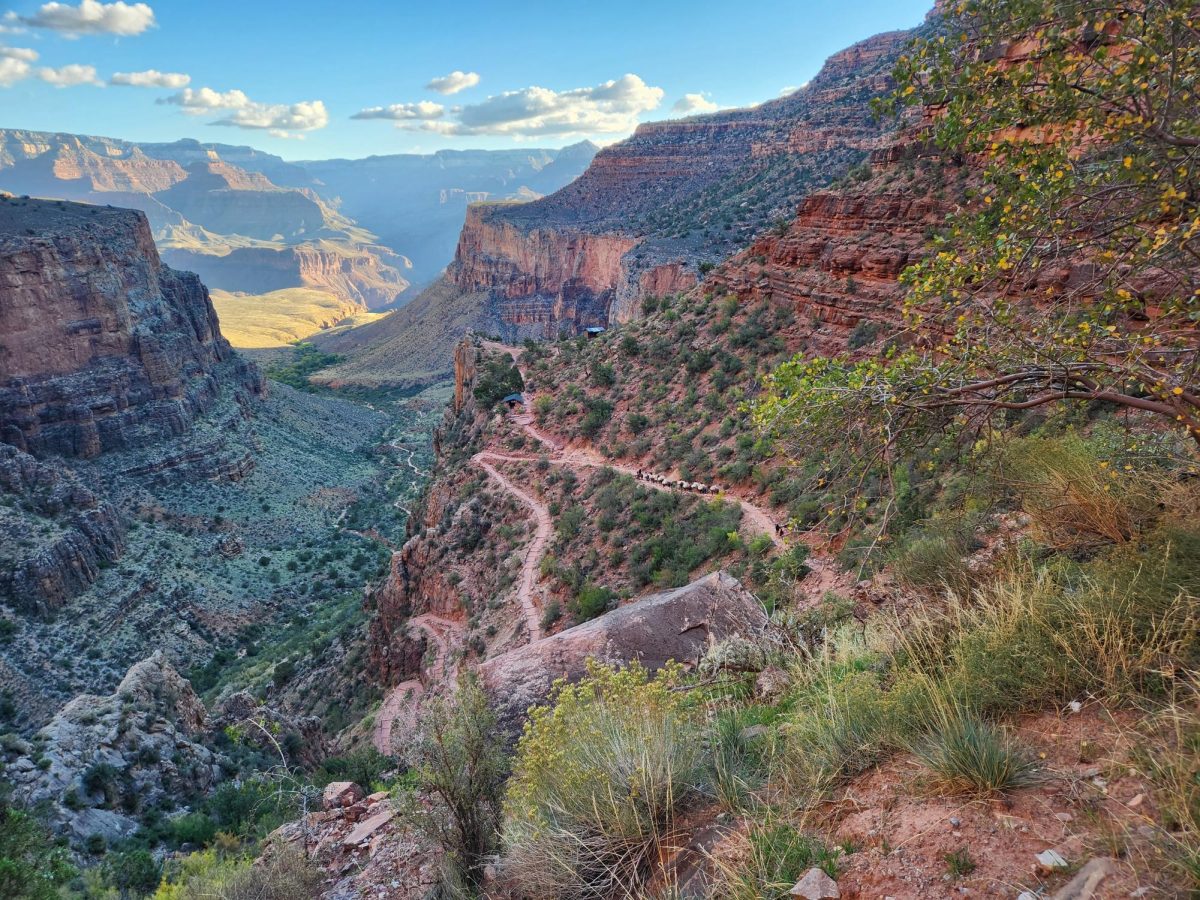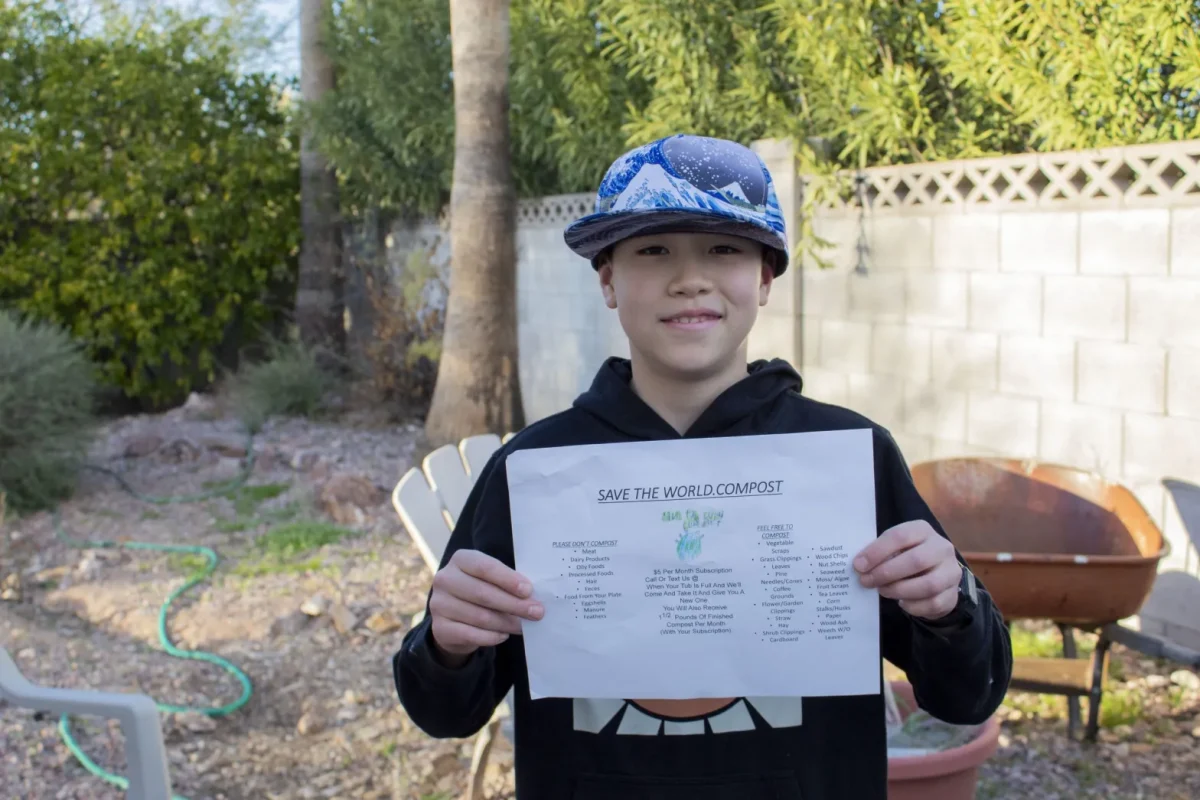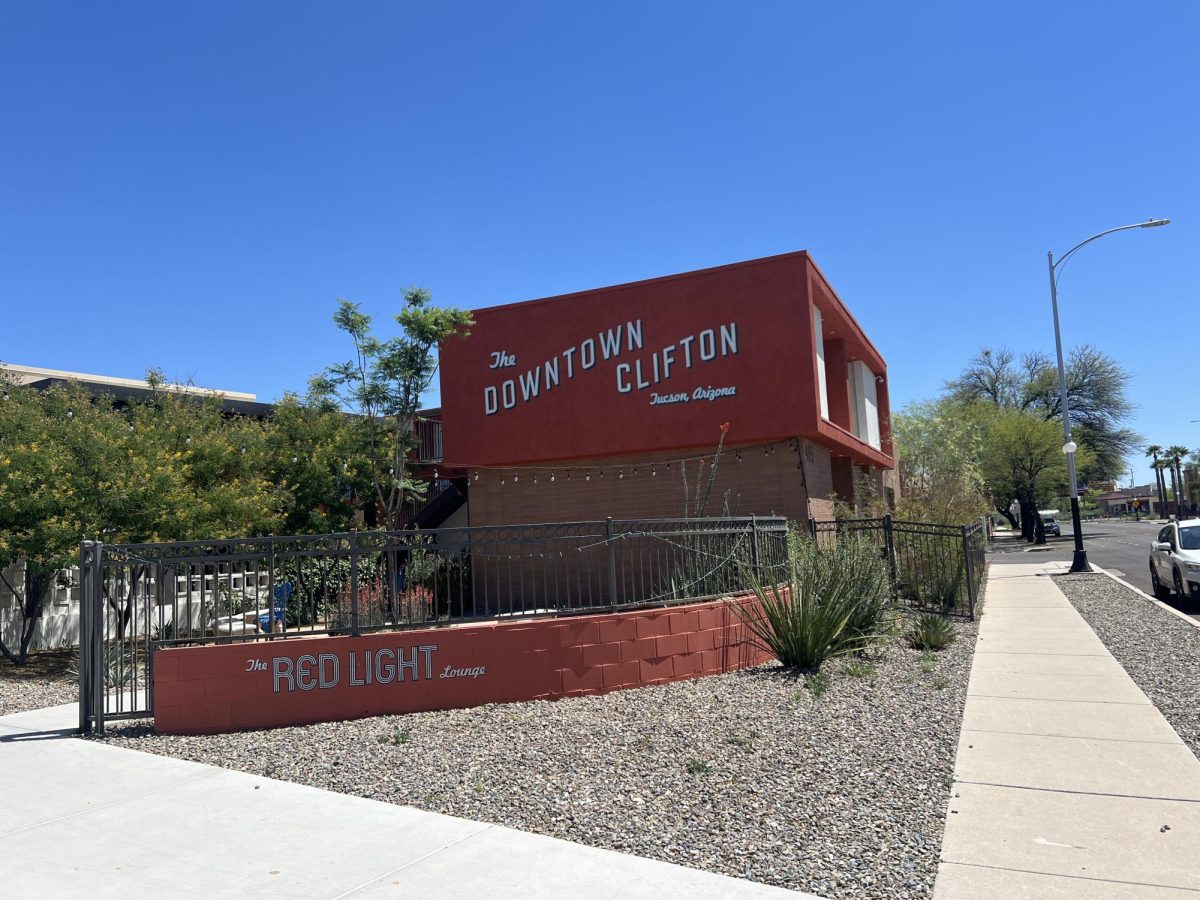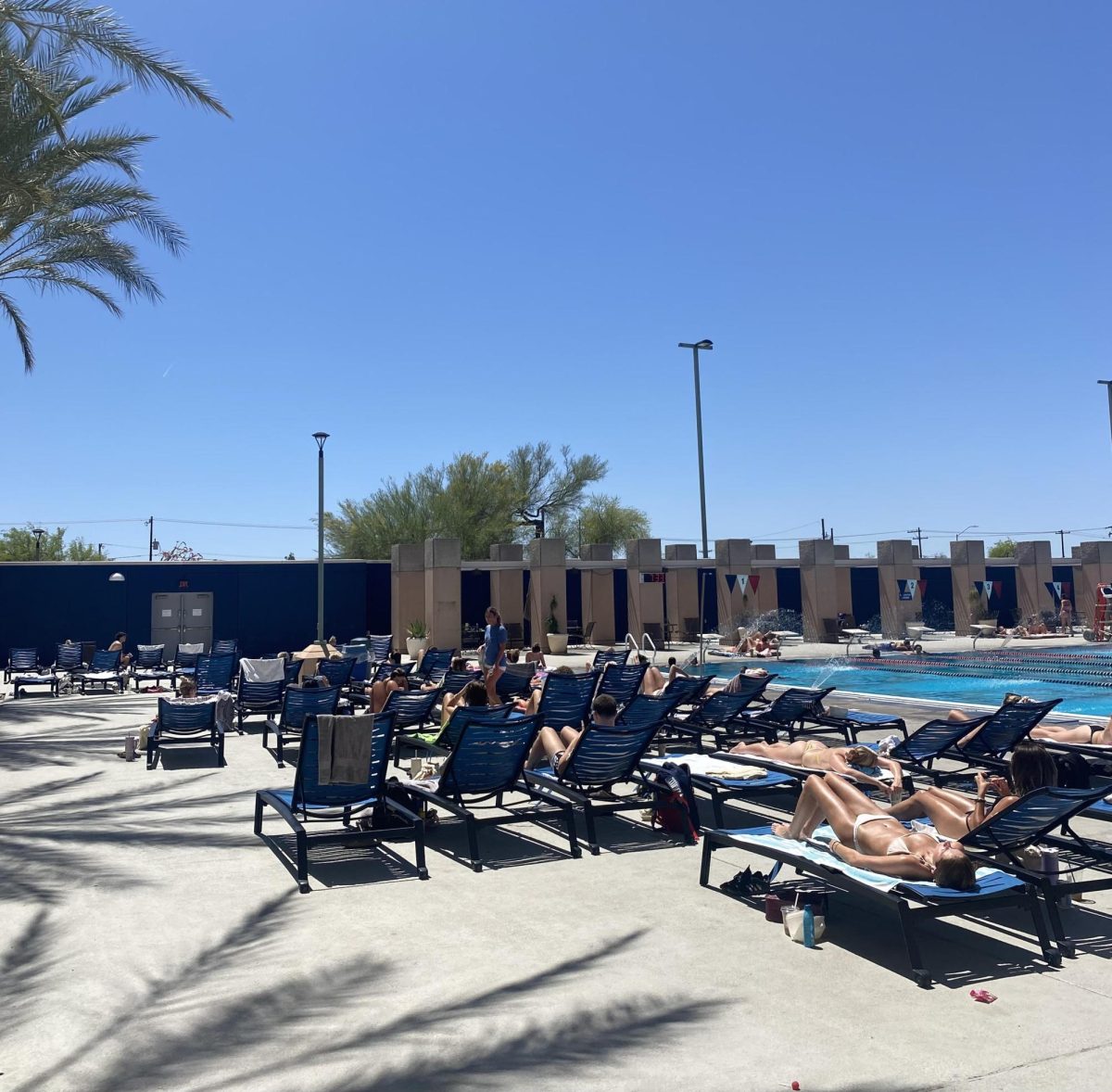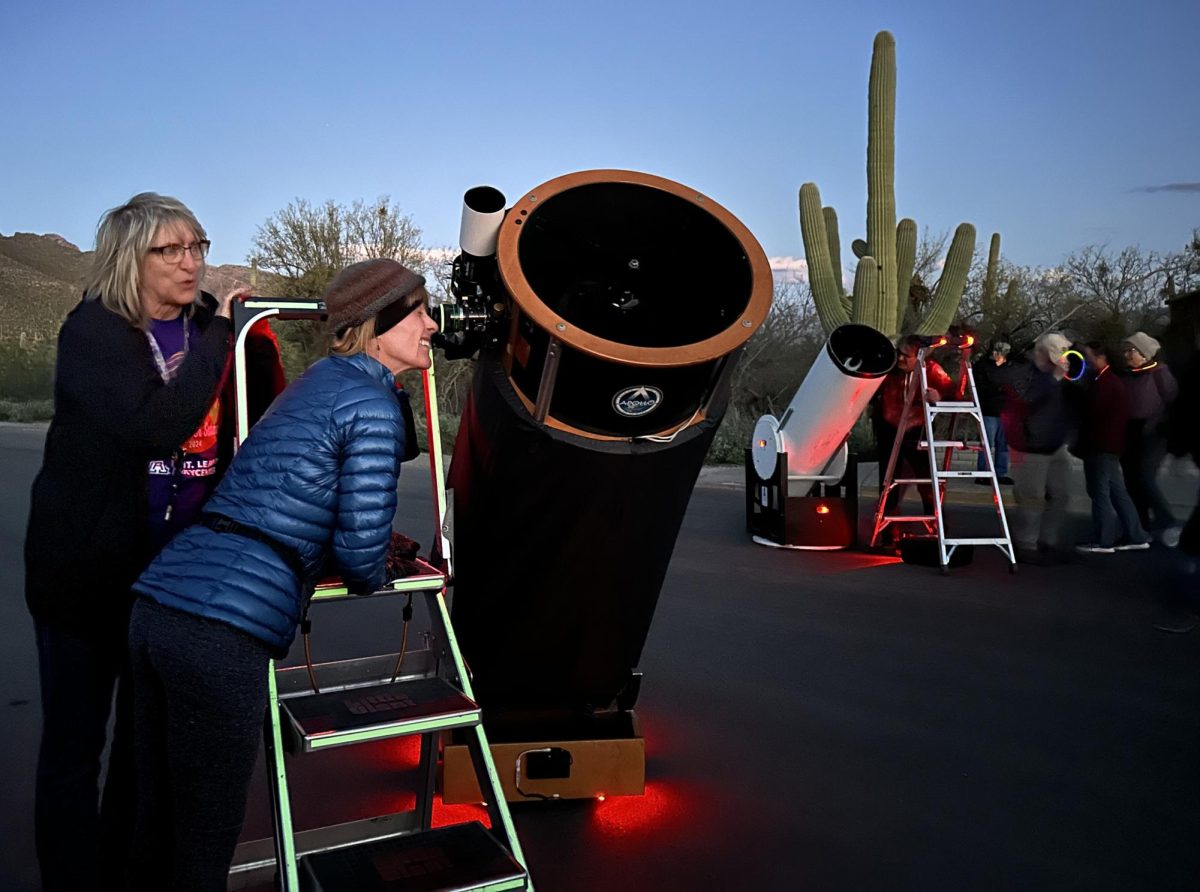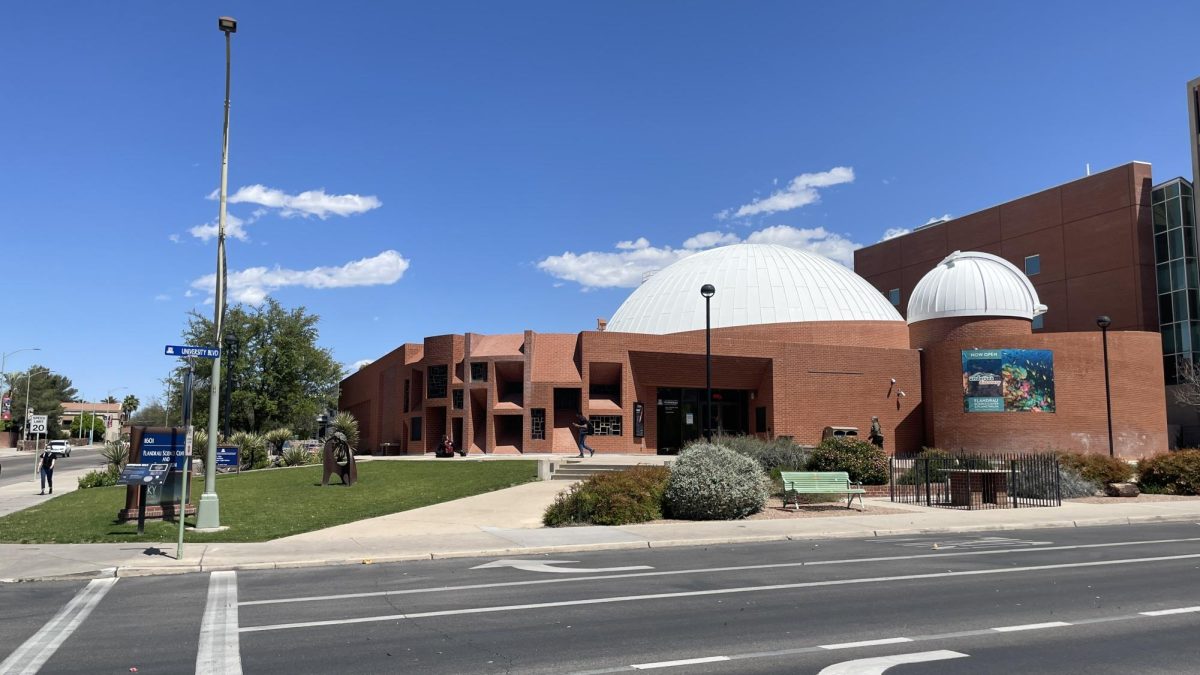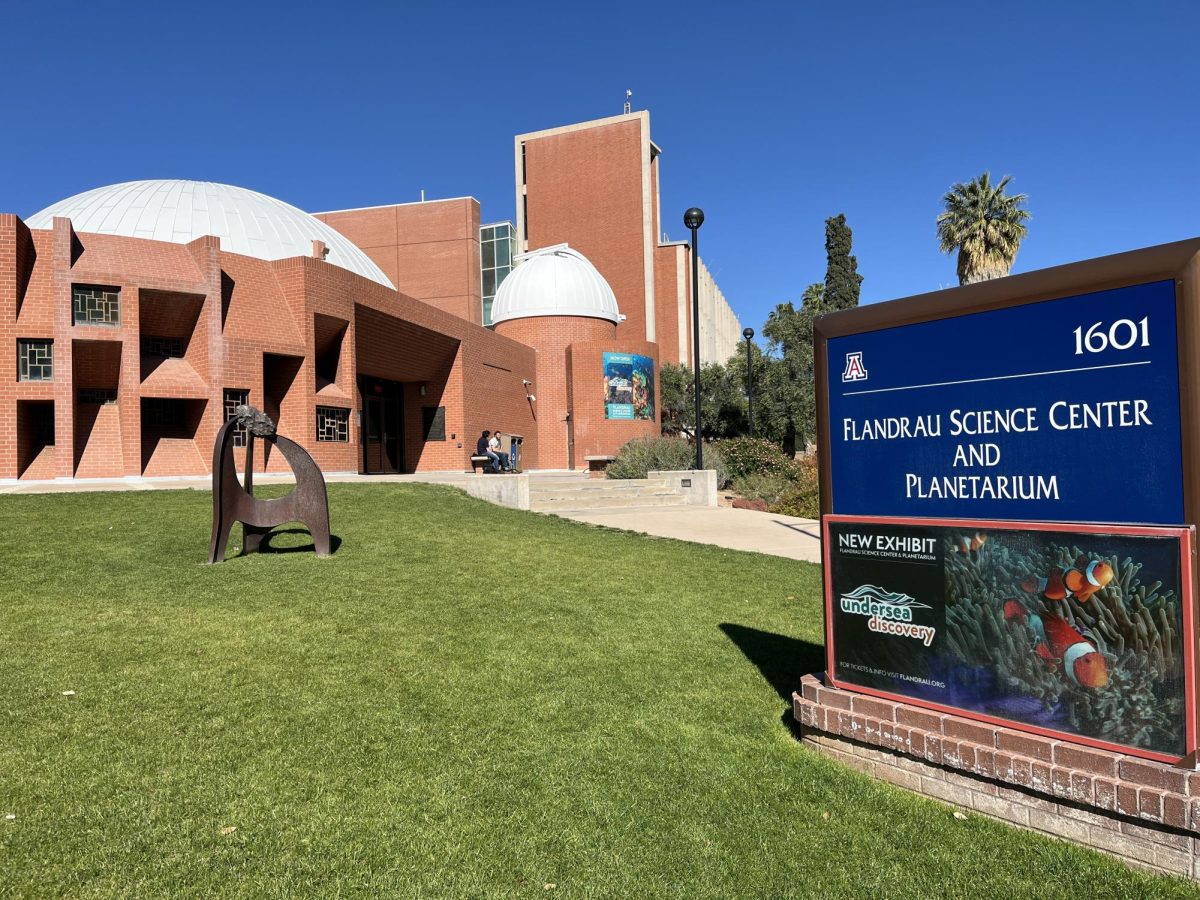In December, wildlife videographer Jason Miller released footage of a jaguar captured on his trail-cam.
Photographing such an elusive cat is an exceedingly rare event, but in the decade since the University of Arizona Wild Cat Research Center launched it’s jaguar and ocelot project, its team of citizen scientists has monitored three separate jaguars and amassed more than 200 photos and videos of the big cats.
The center’s co-coordinators Melanie Culver and Susan Malusa and their team have been using trail cameras to detect and monitor jaguars and other species in the state for the better part of a decade. The cameras help researchers gain insight into population dynamics, habitat use and movement patterns.
“Our overall mission is to contribute to wildlife conservation,” Malusa said.
In addition to the jaguar sightings, the center’s cameras have captured more than 70 species including 10 that are threatened or endangered. The center’s archive consists of 3 million images.
“Even though we’re looking for our target species that we set cameras to monitor – the jaguar and the ocelot – we collect data on every single species,” said Culver.
The center shares its detections with the U.S. Forest Service and Fish and Wildlife as well as Arizona Game & Fish.
Through their data, the team can assess the impact of habitat fragmentation, roads and other human activities on wildlife behavior. Long-term data also can reveal changes over time in wildlife communities that may be impacted by environmental changes.
The project was initially started in 2009 by the Department of Homeland Security during construction of the border wall. Part of that Obama administration project included a conservation and element so they hired the UA Wild Cat Research Center.
“The government put up some money for mitigation,” Culver said, “and part of that money was devoted to jaguars.”
The goal was to determine if jaguars and ocelots were prevalent on the landscape in Arizona and whether the animals were migrating across the U.S.-Mexico border into the state.
When the contract expired in 2011, so did the funding.
“To get continued funding for the same work is nearly impossible,” Culver said. “If we didn’t have the citizen scientists, we’d be shut down.”
Culver said her center receives only about $50,000 a year in grants to keep the project running, a portion of which goes to pay Malusa.
“We also have to maintain the cameras,” Culver said. “They get stolen, vandalized and they just break so we have to continue to replace cameras.”
Culver and Malusa, though, have an army of over 40 dedicated citizen scientists who participate in camera monitoring, tracking and data analysis.
The program draws citizen scientists from a wide variety of backgrounds.
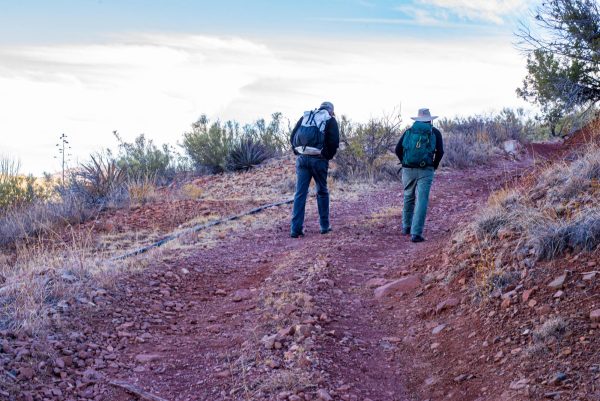
“No matter if you’re a retired professional wildlife biologist, or if you’re brand new, we provide a lot of things you need and training,” Malusa said.
That training includes lessons on jaguar genetics and behavior as well as discussions of the research permit process and regulations surrounding research of endangered species. Volunteers also get hands-on experience with the cameras and equipment.
“I’ll never forget the first jaguar picture we got,” said volunteer coordinator Liz Taylor. “Oh my gosh, I’m sure you heard me screaming everywhere around the world. It was great.”
Taylor and her husband John have been working with the Wild Cat Research Center for almost 10 years, alongside her husband John, monitoring cameras in the Chiricahua mountains.
“We’re both passionate about being outside,” Taylor said. “We go hiking and camping a lot but this gives us a reason and it makes you break away from home and all those electronic gadgets and get your butt out there because you have work to do. It’s really cool.”
Citizen science has changed Taylor’s outlook on life.
“We get to go places that we wouldn’t have probably found before, and we get really great experiences out there with the critters,” Taylor said.
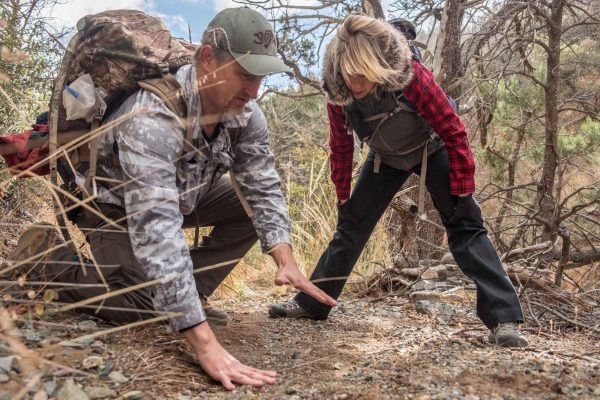
As one of the most senior citizen scientists and the team’s volunteer coordinator, Taylor is not only responsible for organizing the other volunteers, but also identifying potential new monitoring sites.
“I sit at this computer a lot looking at topography, trying to figure out where we’re going to find corridors,” she said. “We know they like to move in certain ways in certain areas.”
New target areas are determined based on factors such as habitat, terrain and distance from water or roads. The final step is to get the team into the field to set the cameras, and hope for a jaguar.
They currently operate about 80 camera sites across Arizona, and the cameras are checked by the citizen scientists roughly every two months. To access the trail-cams in more remote locations, some volunteers may need to hike for several miles, while other cameras may be just a few yards off the road.
“The job is to make sure the camera is working, collect the SD card, refresh the battery, do the environmental clearing,” Taylor said.
And this project doesn’t just require hard work on the part of the citizen scientists.
Taylor said cooperation is a key part of jaguar conservation, and ranchers in particular are a vital part of that equation. While all the cameras are placed on public lands, the team works with several ranchers bordering their sites to gain access to remote areas through their properties, and to utilize their knowledge of the landscape.
“There can be a little bit of concern from ranchers, because if they have a jaguar on their land, they might have a perception that it might limit what they can and can’t do on their land,” Culver said.
However, their interactions with ranchers have been overwhelmingly positive.
“I’m very interested in what they’re doing out here,” said rancher Jim Riggs, whose family has been ranching on their land in Cochise County since the 1800s. “I think it’s great.”
“They (ranchers) just are so attached and in tune with what’s happening on the land,” Taylor said. “It’s just amazing.”
In return, the team shares its data and detections with the ranchers, informing them of the wildlife species roaming their property.
“We make them an album every year of all the animals that have crossed the cameras that are near their ranches,” Taylor said.
Culver said the abundant ranch land in Southern Arizona also provides more than suitable habitat for jaguars.
“They’re living very long, healthy lives here. They wouldn’t be doing that if there wasn’t a strong prey base and good habitat here, and I credit the ranchers for that,” Culver said.
Culver said she also sees an opportunity to learn from the findings of other wildlife enthusiasts like Jason Miller.
“There’s knowledge there that we can incorporate into our project. Just as we incorporate historical sightings,” Culver said.
Arizona Sonoran News is a news service of the University of Arizona School of Journalism.







